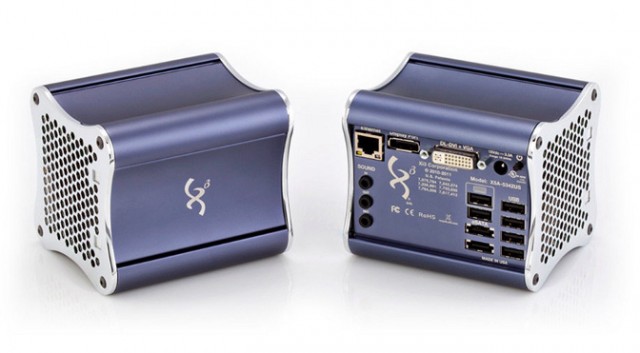Elaborating on my last post. Valve have made it pretty clear they are heavily betting on Linux. Microsoft, you missed the ball. You didn’t get the hint. What action did you take to get valve back? Apparently not enough. Regardless… Linux will be big for gaming. It’s 2% of my sales right now. This is going to grow and grow fast.
This is no big deal to me, apart from the fact that Linux also means OpenGL. I currently have my own engine which uses DirectX. What should I do? Here are my options…
 1) Do nothing.
1) Do nothing.
Just stick with it. 2%? Even if it goes up to 20% so what? My current system is me doing the directx version, then paying a contractor to handle the OSX & Linux ports by converting it all to OpenGL. This works fine so far. This option is easy, but it seems like I just go further down a dead end. I don’t want to be the last guy using DirectX.
2) Prepare my engine to be more cross-platform friendly
I could re-engineer my code so that it’s more modular and easier (re: cheaper, faster) to port to OSX/Linux. This way I still keep directx, but make things simpler for a future transition. This is appealing because it’s a hedge towards either direction, and frankly engines should be built like this anyway.
3) Learn OpenGL.
This is the hardest because it involves serious work. I know everyone will say ‘it’s really similar’, but being ‘familiar’ with OpenGL isn’t what I want. Being VERY sure I know the BEST way to use OpenGL for my purposes is what I need. I love optimizing. I love pushing to get as rich a 2D experience as the hardware allows. I don’t want to trade a really fast DirectX engine for a slow OpenGL one. This involves the most work, to do it right. There is huge opportunity cost for that time as a programmer. This is also by far the most future-proof.
4) Hire a full time Linux/OpenGL coder.
Not a sensible option for me. I couldn’t keep them busy, I still don’t learn anything, and this is effectively 1) but more expensive and with more admin. All it does is guarantee me availability, but at too high a price.
5) Switch to middleware.
An option for 95% of devs. I hate middleware in general, but I also do something very unusual. The engine for GSB 2 works in a very specific way. At it’s core, it is a heavily optimised, shader & post-processing based, lots of render-target flipping 2d engine that assumes a huge amount of 2D objects. I’m not aware of any engines designed specifically to do this except mine. Plus there are costs in terms of learning that new engine, which represents investment in something I neither own or control. I don’t like this.
I’m thinking about this a lot. I’m currently favoring 2), Possibly 3). I have discounted 4) and 5). Doing 1) seems lazy. This is something I need to get right at some point this year.
Feel free to add your thoughts :D